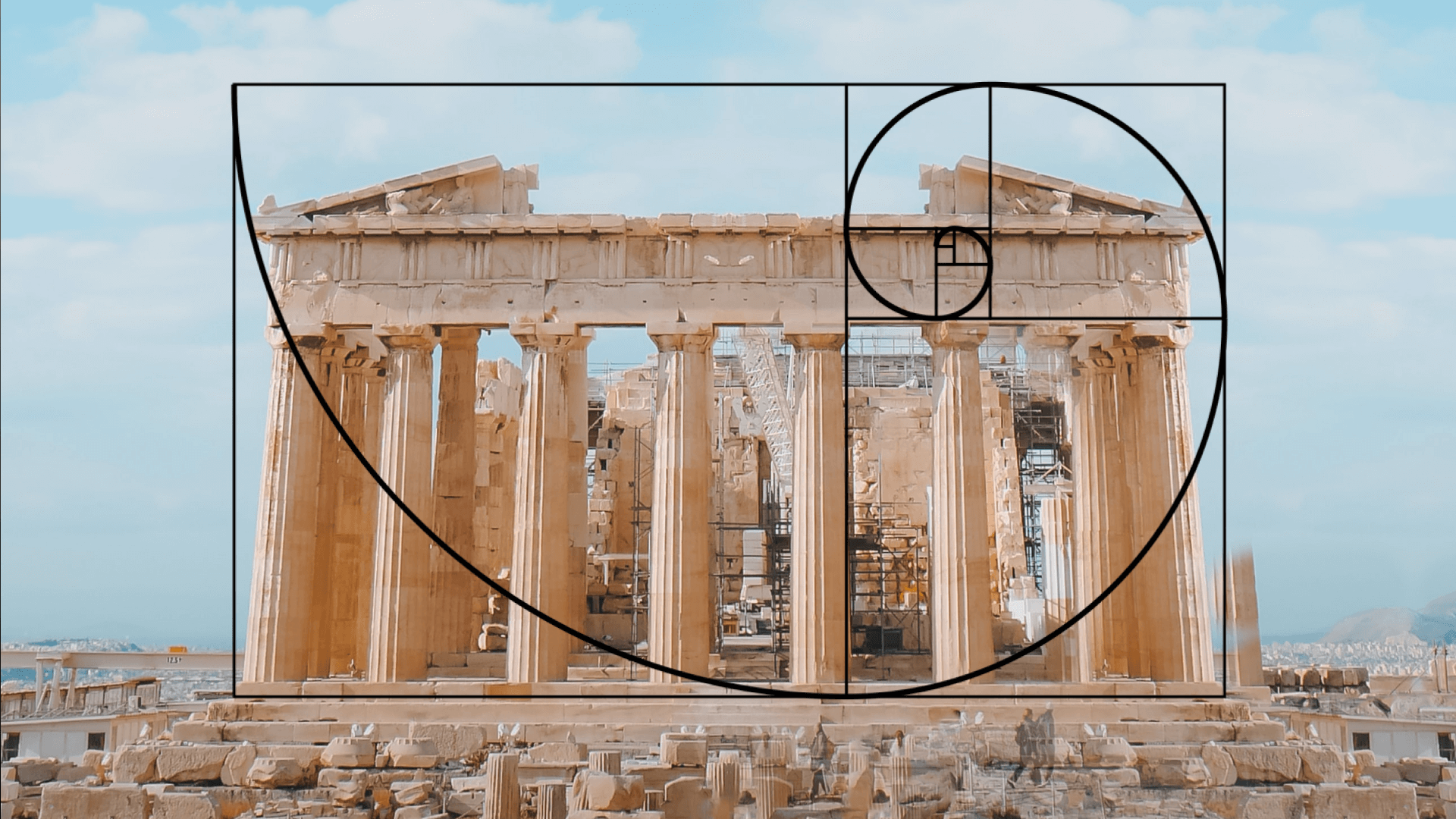Sacred Geometry of the Acropolis - Harmony Between Mathematics and the Divine
Discover how the architecture of the Acropolis reflects sacred geometry, balance, and the Greek pursuit of mathematical perfection in beauty.

The architects of the Acropolis did not merely build temples — they composed harmonies.
To them, architecture was a visible form of philosophy: geometry made divine.
📐 The Language of Harmony
From the Parthenon to the Erechtheion, every structure obeys principles of proportion and ratio that mirror the cosmos itself.
The Greeks believed that beauty resided in mathematical relationships — numbers that expressed universal truths.
The Golden Ratio (1:1.618), Pythagorean triangles, and modular symmetry guided the dimensions of columns, entablatures, and temple layouts.
“Number is the ruler of forms and ideas.”
— Pythagoras
🔭 Cosmic Alignment
The Acropolis is aligned not randomly, but astronomically:
Temples face east to greet the rising sun, a symbol of divine illumination.
The Parthenon’s axis subtly shifts to harmonize with both Mount Hymettus and the ancient agora, binding city, nature, and spirit into one visual geometry.
⚖️ The Living Mathematics
To the ancient mind, geometry was not abstraction but revelation.
Lines and angles reflected cosmic order; proportions mirrored moral balance. The Acropolis thus became a temple of numbers, where stone embodied the invisible harmony of the universe.
🌟 Modern Resonance
Today, architects and mathematicians still study the Acropolis as a masterwork of spatial intelligence.
Its measured perfection reminds us that beauty is not decoration, but alignment with truth — the silent ratio between heaven and earth.
The Acropolis teaches that to build beautifully is to think rightly.
About the Author

Philosophy Writer
A history enthusiast and traveler, I created this site to help visitors experience the Acropolis and its ancient wonders.
Tags
Comments (0)
Loading comments...